Dr. Do Anh Tu, Deputy Director of the Hospital, in charge of the Tam Hiep facility, said that there are more than 20,000 patients being treated at the hospital, more than 500,000 people come to the hospital for examination each year and the trend is increasing. The hospital's radiotherapy system is operating 20-23 hours/day.
Delegates cut the ribbon to inaugurate the new accelerated radiotherapy system at Tam Hiep branch of K Hospital (Photo: Manh Tran).
Cancer treatment is multimodal treatment, a combination of three major specialties: Surgery, chemotherapy and radiotherapy.
Radiotherapy is one of the main cancer treatment methods, highly effective in quality. This method allows to destroy cancer cells, preventing their development. Radiotherapy is also applied to treat symptoms when cancer is in the final stage.
In particular, radiation therapy can be used to treat many types of cancer in almost any part of the body.
The new machine system has been put into use, meeting the medical treatment needs of the people (Photo: Manh Tran).
Therefore, today, cancer radiotherapy is not only a supportive treatment method, but also plays a key role in the entire cancer treatment process. Thanks to the development of modern radiotherapy technology, treatment is increasingly accurate, has fewer side effects and is more suitable for each patient than ever before.
As of June 2025, K Hospital has 7 radiotherapy machines. However, with the increasing number of patients, the need for treatment of patients is increasing and the goal is to improve the quality of treatment to be on par with countries in the region and the world .
The accelerator radiotherapy system and 4D CT simulator invested in the Tam Hiep facility are capable of deploying a variety of techniques, from basic methods such as 3D radiotherapy, to advanced dose-modulated radiotherapy techniques currently being applied in the world.
Using this system, high-tech radiotherapy techniques can be widely applied in the treatment of cancer, reducing unwanted complications caused by radiotherapy.
Speaking at the event, Dr. Nguyen Trong Khoa, Deputy Director of the Department of Medical Examination and Treatment Management, emphasized that cancer is becoming a major burden in countries around the world. It is predicted that by 2030, about 75% of cancer deaths will occur in low- and middle-income countries.
Only 10% of patients in low-income countries and 50–60% in middle-income countries have access to radiotherapy, compared with 90% in high-income countries.
Every year in Vietnam, there are about 182,600 people diagnosed with cancer, about 122,700 people die and there are currently more than 350,000 patients living with this disease.
Up to now, the cure rate of some cancers of K Hospital and some other hospitals has been on par with advanced countries in the region and the world.
In addition, most tests, chemotherapy, radiation therapy, and surgery are fully or partially covered by health insurance, although the costs are extremely expensive.
It is known that the Ministry of Health has also agreed in principle and directed K Hospital to continue investing in 2025 in 3 more radiotherapy systems at Quan Su facility (2 machines) and Tan Trieu facility (1 machine) to meet the increasing demand for radiotherapy treatment of the people.
Source: https://dantri.com.vn/suc-khoe/them-he-thong-xa-tri-gia-toc-ct-mo-phong-4d-duoc-su-dung-tai-benh-vien-k-20250610152657772.htm



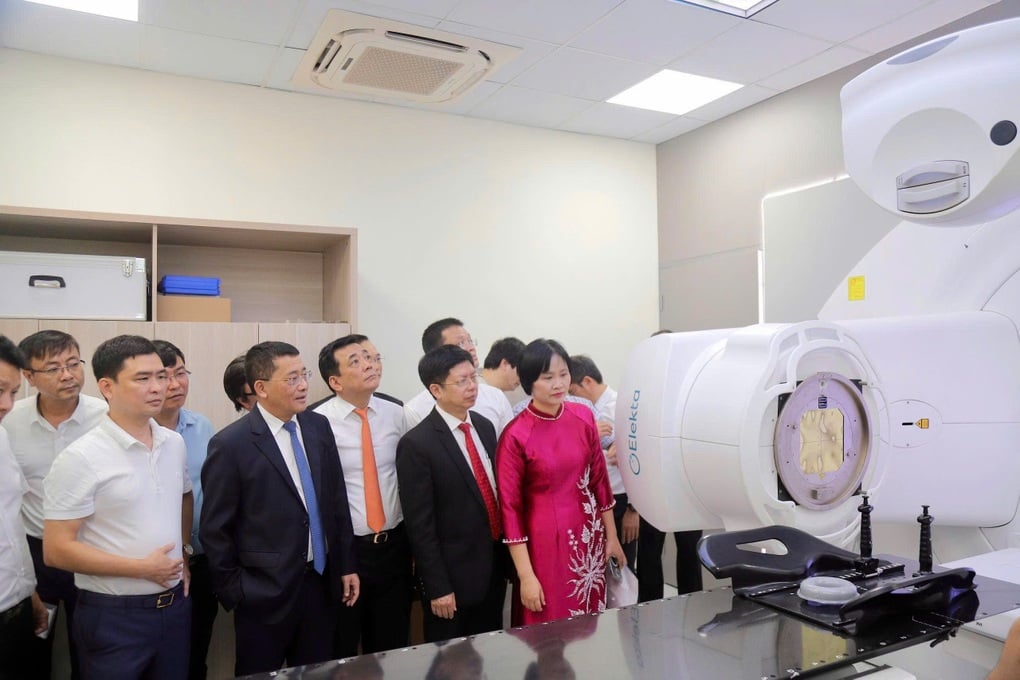



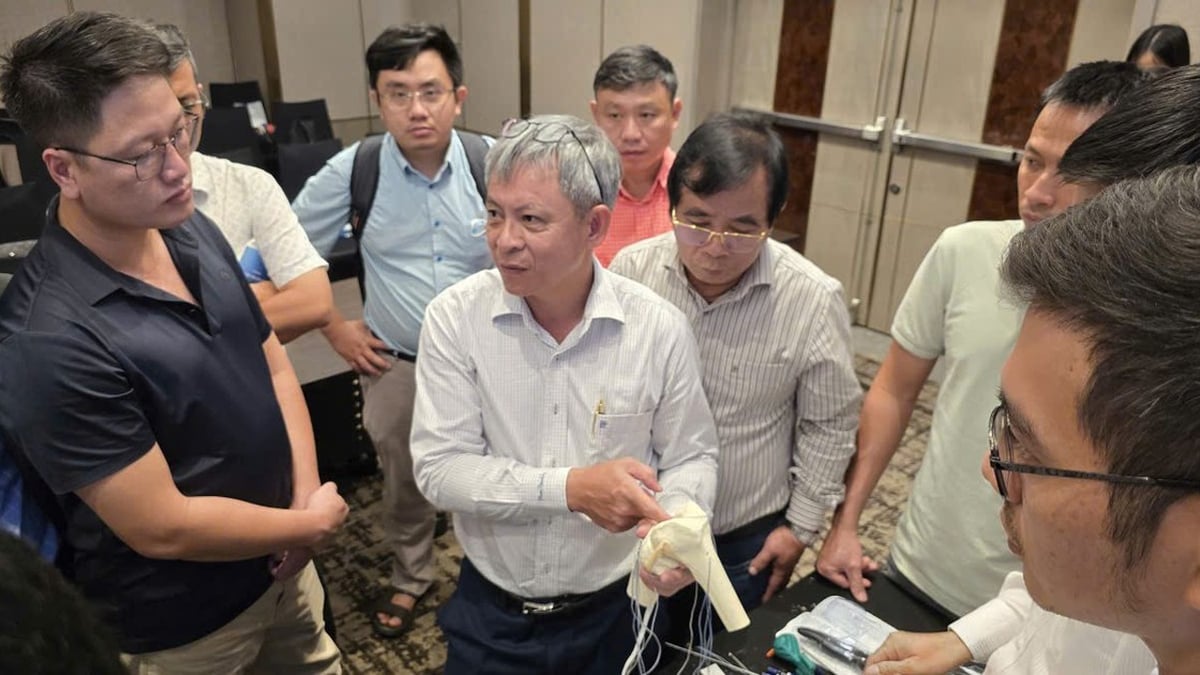
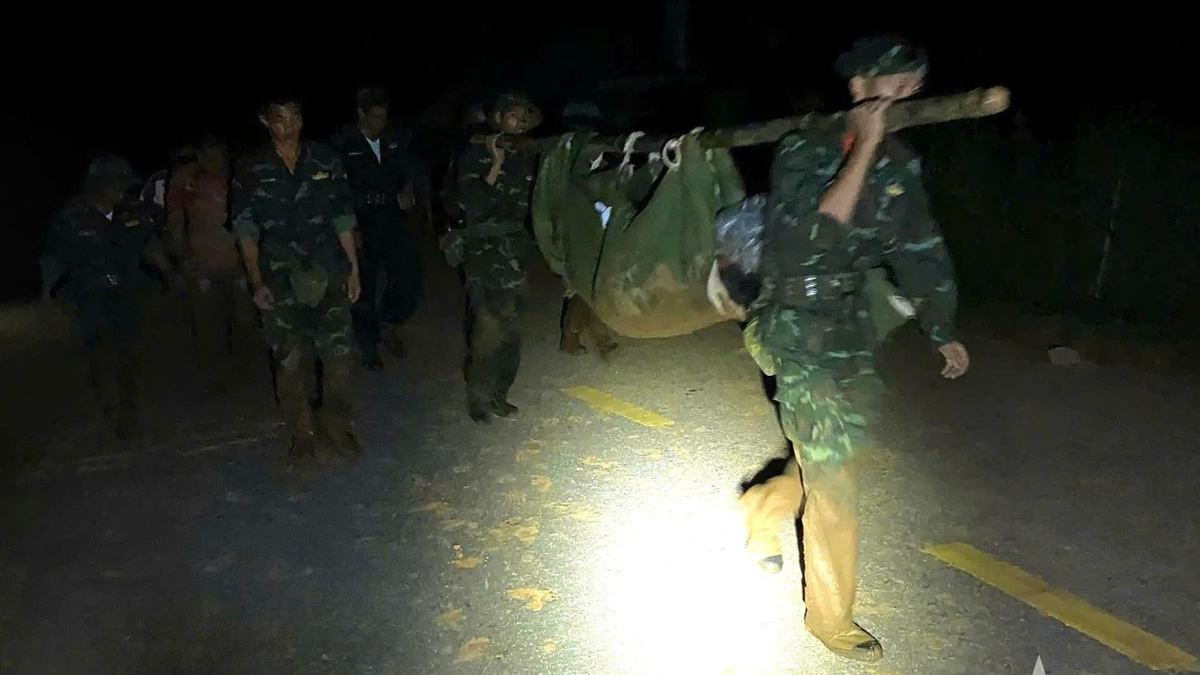
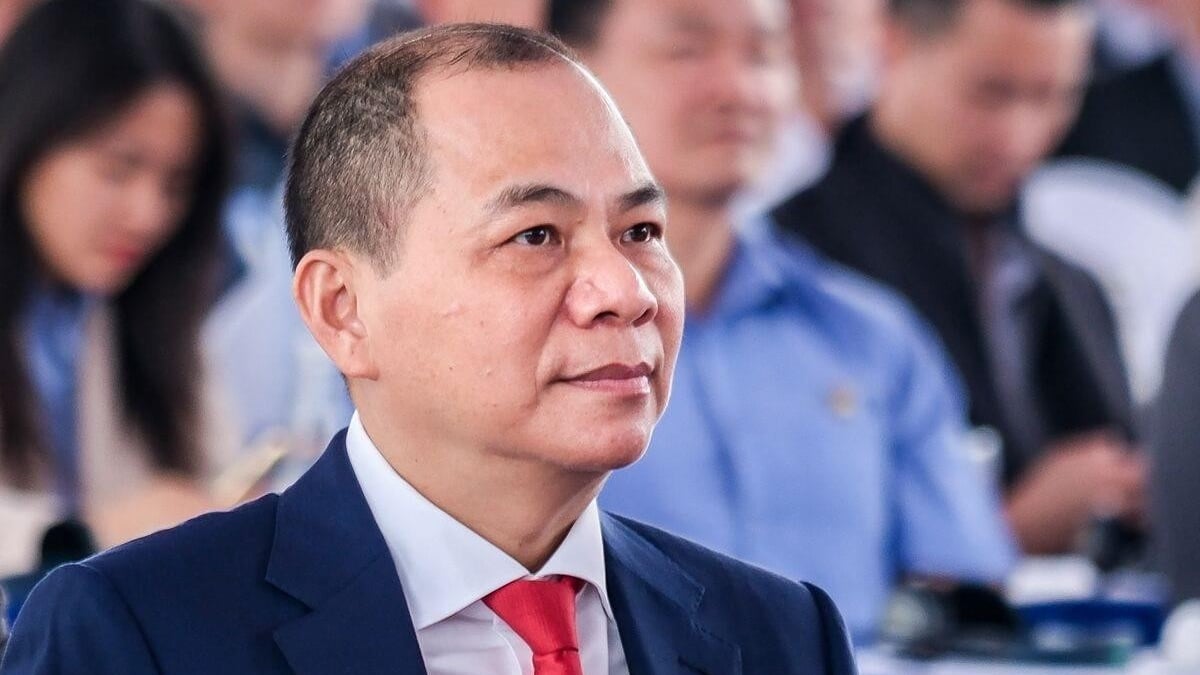



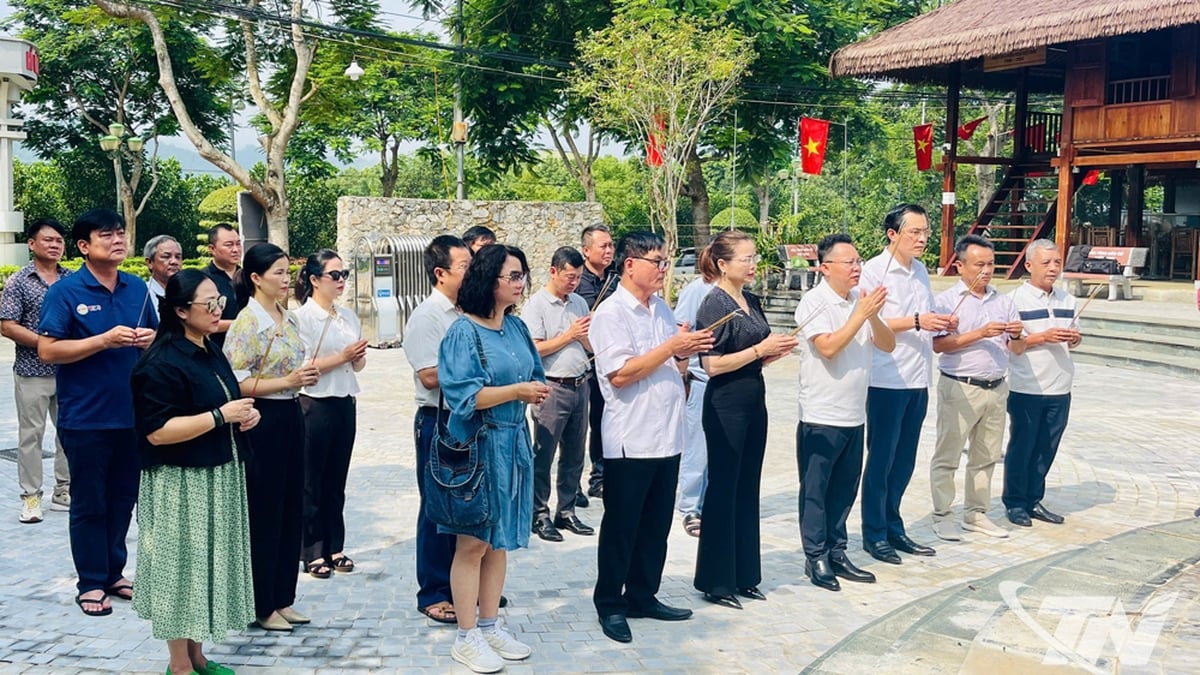




















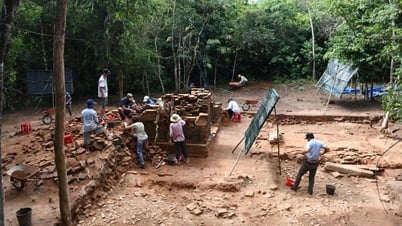

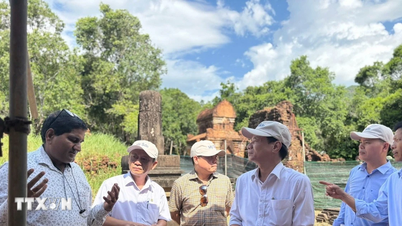









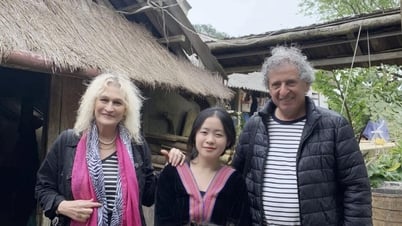





















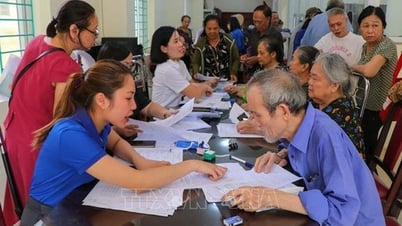



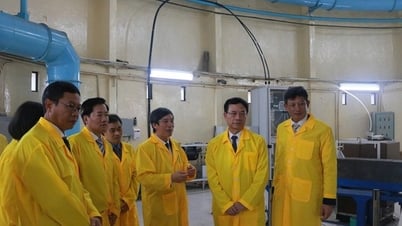



























Comment (0)